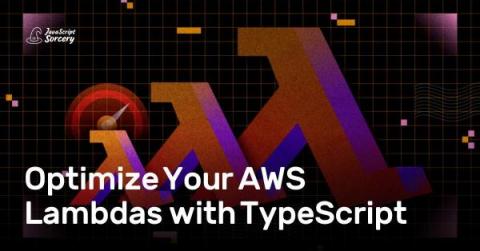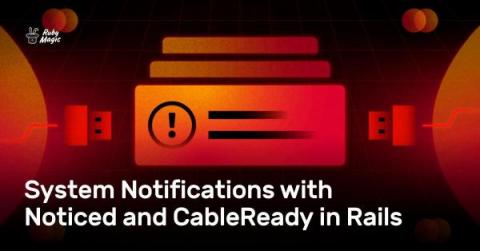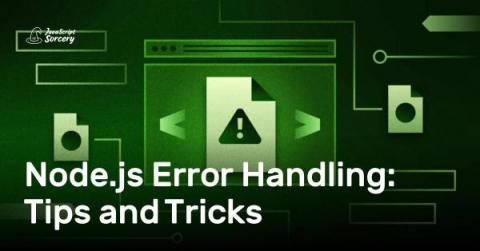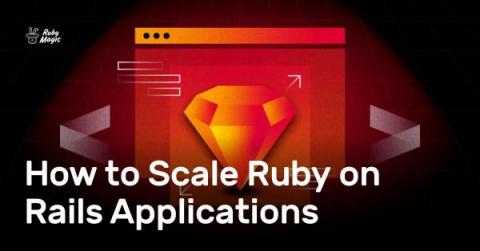A First Look at Hanami 2 for Ruby
As of today (06/12/2022), Hanami 2.0.1 has been released. Read more about the enhancements, bug fixes and gems in release 2.0.1. Hanami 2 was released on 22 November, concluding four years of work on this version. It brings a breath of fresh air into Ruby's web development community. Version 2.0 is not just an incremental upgrade. One could say it's a project written anew, with bright ideas from version one rebuilt on top of a solid dry-rb libraries ecosystem.











